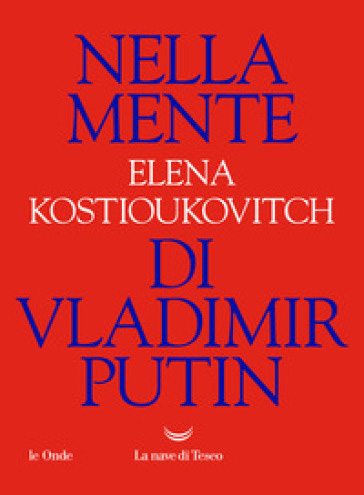The first Jews settled in Rome in 161 B.C., when Judas Maccabeus sent ambassadors there to form an alliance against the united Greek and Syrian armies. The envoys were numerous and remained in Rome for quite some time. Then, after the destruction of the temple of Jerusalem by the Romans in 70 A.D., the first big wave of refugees arrived in the Empire’s capital, along with an even greater number of Jewish slaves, taken prisoner by the Romans during battle. Their sad procession in the triumphal cortege, under an enormous, seven-branched candelabrum (taken from the Jews as a trophy, evidently), is portrayed in a bas-relief of the arch of Titus in Rome (first century A.D.).
Together the prisoners of war and the refugees made up the Jewish community of Rome. For this reason, Italian Jews do not belong to either of the two great branches of the global diaspora: neither to the Sephardics, who passed through Spain, nor to the Ashkenazi, who passed through Germany. Italian Jews are a separate circumstance, and it was they who were the initial vehicles of Christian doctrine in Italy in the early centuries.
In the fourth century, the Jewish community in Rome numbered 40,000 people who inhabited the area across the Tiber, Trastevere. Roman Jews at that time enjoyed the same rights as other citizens, without any form of segregation. As is the case with other national communities, cohabitation was motivated by cultural and practical reasons. And so it continued until 1492. In that year, just when Christopher Columbus (the scion of a Jewish family, according to some) discovered America while sailing caravels flying the Spanish flag, King Ferdinand and the Catholic Queen Isabella drove the Jews out of Spain. Many of them fled to Rome, where their brethren summoned them, still well-off but concerned about the growing hostility of their Catholic neighbors.
With the arrival of an unexpected number of Spanish Jews, the Roman community became populous and visible. Meanwhile the ideological mood towards the mid-sixteenth century, the period of the Counter-Reformation, became so intolerant, that no one was surprised when the Inquisition’s best friend, Pope Paul IV (the same pontiff who wanted to destroy Greek and Roman statues deemed guilty of promoting paganism), in an outburst of religious fundamentalism, ordered all Jews to be isolated from the rest of the city’s population. He had them confined in an enclosure in front of Capitoline hill, at the Octavian Portico, near the piazza where Rome’s enormous fish market teemed with people every morning. From that moment on, Jews were permitted to go out only during the day, while at night the three gates of the ghetto were shut with imposing bolts and city sentinels guarded the entry.
For Jews, the brief but incisive rule of this Pope (1555-1559) marked the collapse of an entire order of life that was centuries-old. In his papal bull Cum nimis absurdum, Paul IV defined as “absurd” the fact that for some reason Jews considered themselves on a par with Christians.
Since it is absurd and improper in the highest degree that the Jews, who by their own fault have been condemned by God to eternal slavery, can, with the excuse of being protected by Christian charity and tolerated while living amongst us, show such ingratitude towards Christians as to abuse their mercy and claim superiority instead of submission: and since we have learned that, in Rome and in other territories subject to the holy Roman Church, their effrontery has reached the extent where they not only venture to live among Christians, even near their churches, but do so without wearing any identifying garments…
These four years were enough to see to it that the Jews of Rome were confined to the ghetto for the next three centuries. Their houses and goods were taken from them, and they were deprived of wealth and vital space, lebensraum. Only in 1870, after the Papal State was defeated by force and finally became part of the Kingdom of Unified Italy, were Jews permitted to move freely throughout the peninsula, no longer confined to their respective zones of residence.
In the sixteenth century, members of Rome’s Jewish community had to change their customs and their entire lifestyle. Yet this new existence full of deprivations gave Roman Jews the opportunity and the chance to invent an imaginative cuisine, which brilliantly assimilated earlier Roman traditions and enhanced them, giving them back to the city in a new, innovative incarnation. Today only experts can tell the difference between Piperno, the principal Roman restaurant specializing in Jewish cooking, and the adjacent restaurant, Gigetto, serving typical Roman fare. The two premises, situated a few meters apart, offer nearly the same choices: on the Roman menu we find more stewed meats, on the Jewish one, more vegetables cooked in an original way, but the two places are perfectly comparable with respect to the unique pleasure that is derived from dining there.
English translation copyright © 2009 by Anne Milano Appel



